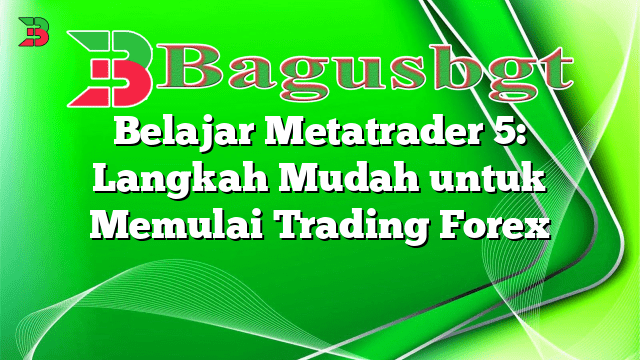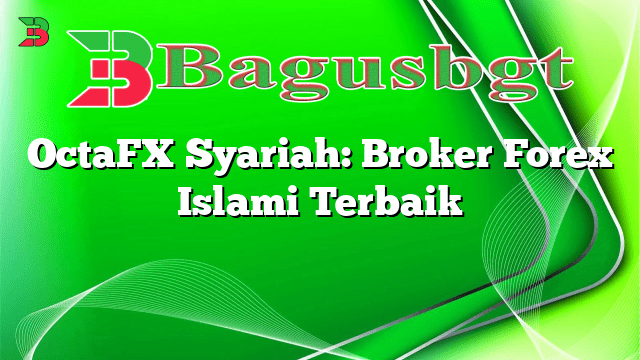Hello and welcome to our article on leverage in forex trading. In this comprehensive guide, we will explain what leverage is, its advantages and disadvantages, and provide alternative options for traders. So, let’s dive in and explore this essential concept in the world of forex trading.
1. Understanding Leverage in Forex Trading
Leverage refers to the ability to control a large amount of money in the forex market with a relatively small deposit. It allows traders to amplify their potential profits by using borrowed capital. For example, with a leverage ratio of 1:100, a trader can control a position worth $100,000 with a deposit of just $1,000.
2. The Advantages of Leverage
Leverage provides several advantages for forex traders. Firstly, it allows smaller investors to participate in the forex market and potentially profit from currency fluctuations. Moreover, leverage enables traders to make larger trades and potentially earn higher returns. Additionally, leverage can be a useful tool for experienced traders who want to diversify their portfolios and manage risk effectively.
3. The Risks of Leverage
While leverage can magnify potential profits, it also exposes traders to higher risks. The primary risk associated with leverage is the possibility of incurring significant losses. Since traders are using borrowed money, even a small adverse price movement can result in substantial losses. It is crucial to understand that leverage amplifies both profits and losses, and therefore, proper risk management is essential.
4. Alternatives to Leverage in Forex Trading
For traders who are uncomfortable with the risks associated with leverage, there are alternative options available. One such option is trading without leverage, also known as trading with a 1:1 leverage ratio. In this case, traders use their own capital without borrowing additional funds. While it reduces the potential for amplified profits, it also significantly lowers the risk exposure.
5. Understanding Margin Call and Stop Out Levels
Margin call and stop out levels are important concepts to be aware of when trading with leverage. A margin call occurs when a trader’s account balance falls below the required margin level. At this point, the broker may request additional funds or close out positions to prevent further losses. The stop out level is the point at which the broker automatically closes out a trader’s positions to protect their capital.
6. Calculating Leverage Ratio
The leverage ratio is calculated by dividing the total value of open positions by the trader’s account equity. For example, if a trader has open positions worth $100,000 and an account equity of $10,000, the leverage ratio would be 10:1. Understanding the leverage ratio is crucial for risk management and determining the appropriate position sizes.
7. The Role of Regulation in Leverage
Regulatory bodies play a crucial role in setting leverage limits to protect traders from excessive risk. Different jurisdictions have varying leverage restrictions, and it is essential for traders to be aware of the regulations in their respective countries. Adhering to regulated brokers ensures a safer trading environment and provides an added layer of security for traders.
8. Frequently Asked Questions (FAQ)
| Question | Answer |
|---|---|
| 1. What is the maximum leverage allowed in forex trading? | The maximum leverage allowed varies depending on the regulatory jurisdiction. In some countries, it can be as high as 1:1000, while in others, it is limited to 1:30 or even lower. |
| 2. Can leverage be adjusted? | Yes, leverage can be adjusted based on the trader’s preferences and the broker’s offerings. However, it is important to consider the potential risks and choose an appropriate leverage level. |
| 3. Is leverage suitable for all traders? | No, leverage may not be suitable for all traders. It is essential to assess one’s risk tolerance, financial situation, and trading experience before using leverage. |
| 4. How can I manage the risks associated with leverage? | Managing risks involves setting appropriate stop-loss orders, diversifying your portfolio, and using risk management tools such as trailing stops and take-profit orders. |
Conclusion
In conclusion, leverage is a powerful tool that allows forex traders to control larger positions with a smaller deposit. It offers the potential for significant profits but also exposes traders to higher risks. Understanding leverage, its advantages, disadvantages, and alternative options is crucial for any forex trader. By practicing proper risk management and adhering to regulatory guidelines, traders can harness the benefits of leverage while minimizing potential losses.
 Bagus Banget Kumpulan Informasi terbaru dari berbagai sumber yang terpercaya
Bagus Banget Kumpulan Informasi terbaru dari berbagai sumber yang terpercaya

